The film "Walking in the Bright Sky" is causing controversy as it is said to "contain details that distort and even insult the culture and religion of the Dao people".

Walk in the bright sky Produced by SK Pictures, expected to have more than 100 episodes, broadcast on VTV3 from July 31.
On its fanpage, SK Pictures introduced that "not only does it exploit contemporary issues, the film is also inspired by the beauty of the country's nature combined with the unique traditional cultural features of the Dao ethnic group".
Movie "Walking in the Radiant Sky" "insults the Dao people"?
Ms. Duong Thi Thanh - collaborator of the International Dao Research Institute, Kanagawa University, Japan - told Youth She said she watched two episodes and had to stop because there were too many cultural inaccuracies.
She gave an example of the Dao people. very careful about clothing. Dao people only wear formal clothes on special occasions such as funerals, weddings or life ceremonies. No one wears them when herding buffalo like Pu in the movie.
"The use of Red Dao costumes in the film makes the audience misunderstand the costumes and culture of the Dao people, causing offense in the community" - Dr. of Ethnology Ban Tuan Nang, head of the representative board of the Vietnamese Dao group - Connecting from identity, asked "Do Kinh people now wear red Dao costumes? Ao Dai when herding buffalo?
Before that, Mr. Nang received many questions from the Dao people about the costumes in the movie, so he decided to take a look.
"But just skimming through, there are many issues that need to be discussed, not only clothing but also touching on what taboo in Dao culture," he said.
The bib is related to the legend of Dao people's worship.
Both Mr. Nang and Ms. Thanh said that the detail of the male character named Chai wearing a female's yếm is "an insult not only to the culture but also to the religion of the Dao people".
Dao legend says that in the past, women were assigned to worship. However, one day, a woman gave birth in the middle of the altar, dirtying the worship area.
From then on, the Dao people allowed men to perform the offering, with the condition that when performing the offering, men had to wear women's clothes, meaning that they were doing it on behalf of women. From then on, women were no longer allowed to sit in the middle of the house...
In the film, "the character Chai wears that yếm all day long and the film shows the woman sitting in the middle of the house, facing the altar, which is taboo," said Ms. Thanh.

"Don't think that wearing national costumes will help you understand them"
According to Ms. Thanh, "ethnic culture is not a superficial issue, requiring careful research."
Mr. Nang said: "The film crew must consult with experts and researchers who understand the culture of that ethnic group. Don't think that just by saying a few words "A lu, A lu" and then putting on ethnic costumes, you will think you know about their ethnic group. That's not true."
Ms. Thanh noted that the Dao people are a progressive and civilized people. They have a written language, are good at medicine, and have a very strong community connection in the world.
"Don't think they are backward and then impose your own perspective on their culture, disrespecting their culture," she said.
Currently, Mr. Nang and some people in the community are drafting a petition to send. Council of Nationalities The National Assembly, the Ethnic Committee and a number of agencies related to the deviations in the film.
"I hope that filmmakers about mountainous areas and ethnic minorities will approach scripts and content more carefully next time," he shared.

On August 6 and 7, Youth tried to contact director Do Thanh Son (by phone and text) for more information but received no response. SK Pictures said "the newspaper sent an official dispatch so that SK Pictures has a basis for an official response". Youth will continue to inform readers when there is feedback. Mr. Ban Tuan Nang added when he commented on VTV Entertainment's fanpage (providing information about the movie). Walking in the Bright Sky ), the director proactively contacted him to make an appointment to meet him. "I was very open and arranged to meet the director at his home. The conversation lasted about 120 minutes. The director expressed that he had realized some mistakes in the film, but justified it by saying that he intentionally let the actor wear his mother's yếm (traditional Vietnamese dress) because he missed his mother. I discussed with the director that Dao culture has taboos that need to be respected," he said. At the end of the discussion, according to Mr. Nang, "the team, although aware of their mistakes, are not yet capable of seriously immersing themselves in Dao cultural life. They are still influenced by the culture of the majority ethnic community in their approach." |
Be careful when making films about ethnic minorities Associate Professor, Dr. Bui Xuan Dinh (Institute of Ethnology, Vietnam Academy of Social Sciences) told Tuoi Tre: "Filmmakers need to have knowledge of ethnology, about the culture of Vietnamese people as well as other ethnic groups to be able to make a good film." Mr. Dinh pointed out some phenomena that have existed in entertainment products as well as media about ethnic minorities in recent years, such as exploiting different elements to exaggerate for the purpose of sensationalism and attracting audiences; Romanticizing and beautifying the culture of ethnic groups or insulting and belittling them; looking at the culture of those ethnic groups from the perspective of the filmmaker, not the person involved. Or take the perspective of the Kinh people (the majority ethnic group) as a standard to compare and judge the cultural elements of ethnic minorities "People often assume that what is shown in movies is real, so widely disseminating an entertainment product that reflects inaccurately or even distorts culture is very dangerous. Not only does it gradually destroy identity, but it also causes separation, suspicion or conflict between ethnic groups," said Mr. Dinh. |
Source




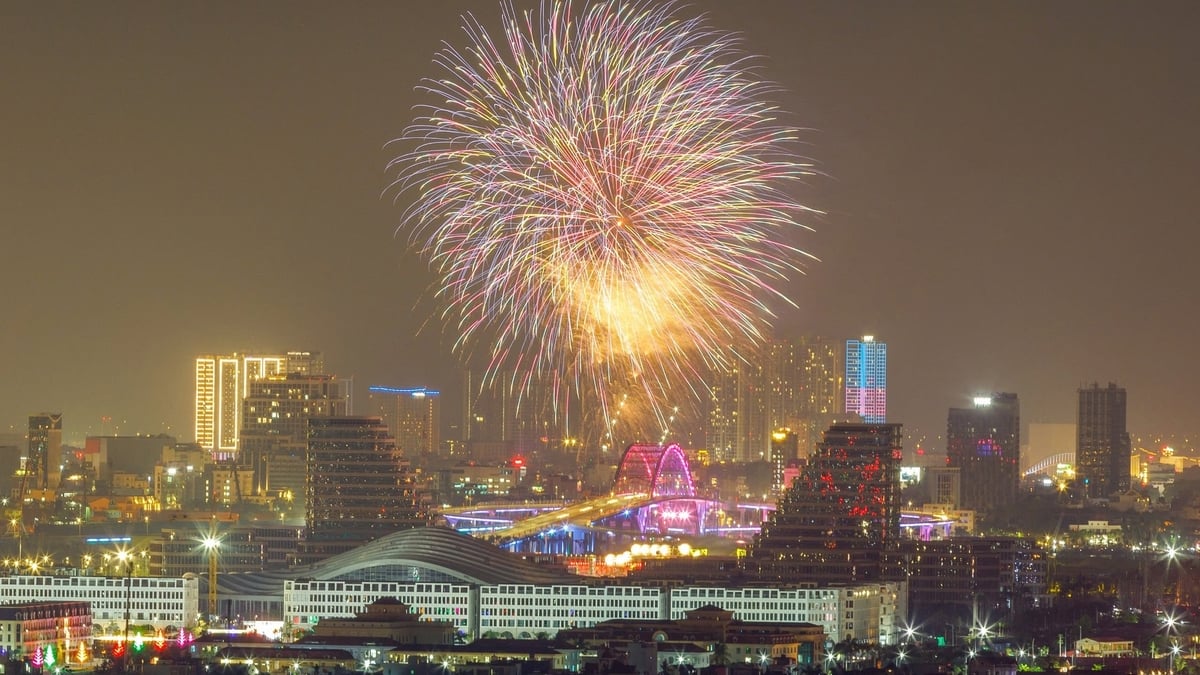

![[Photo] Prime Minister Pham Minh Chinh chairs conference on anti-smuggling, trade fraud, and counterfeit goods](https://vphoto.vietnam.vn/thumb/1200x675/vietnam/resource/IMAGE/2025/5/14/6cd67667e99e4248b7d4f587fd21e37c)


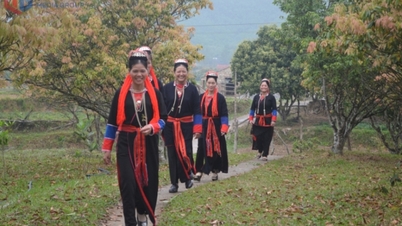
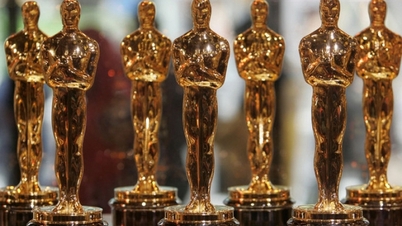


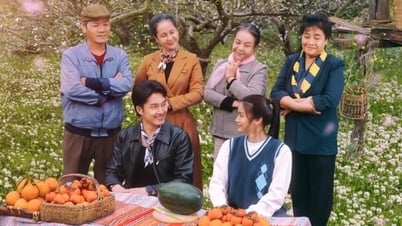




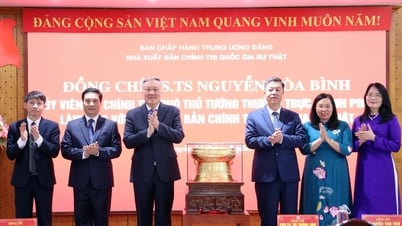
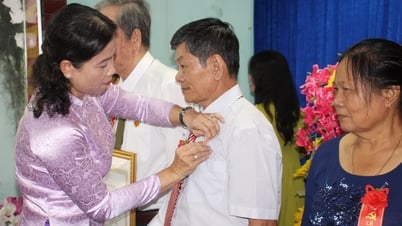
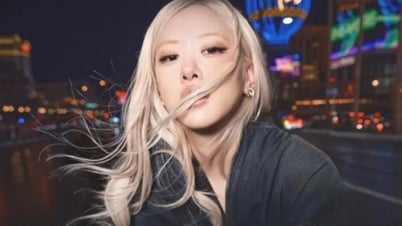








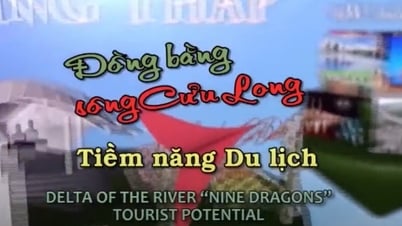




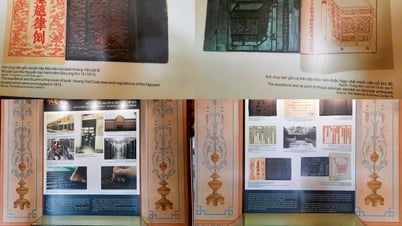









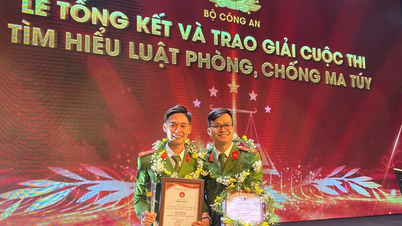


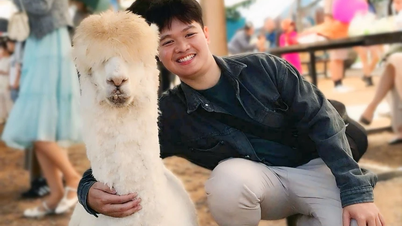

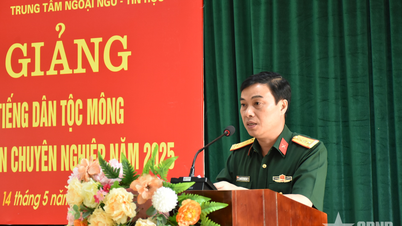




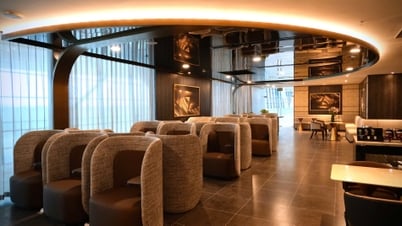






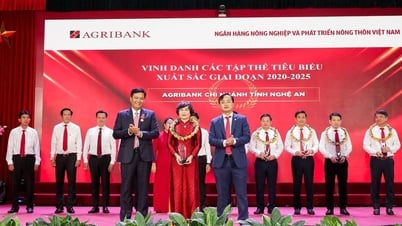

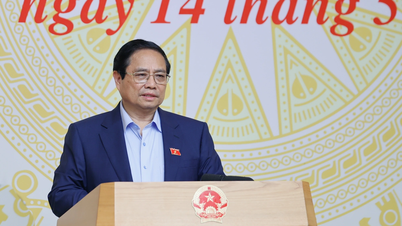


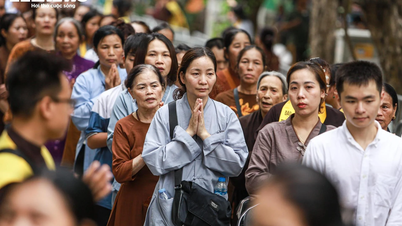







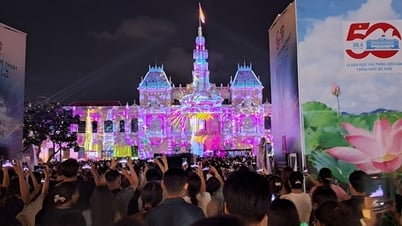
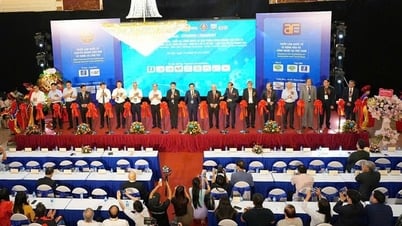

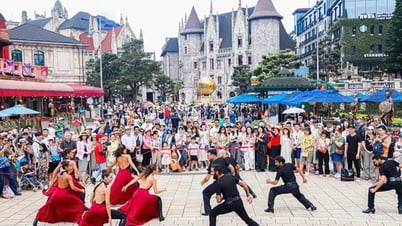
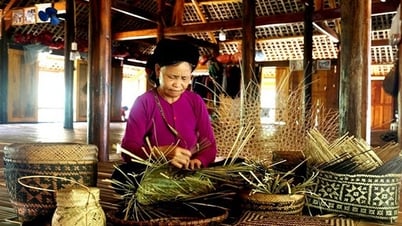





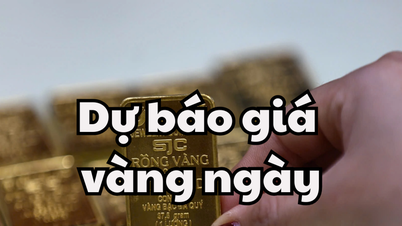







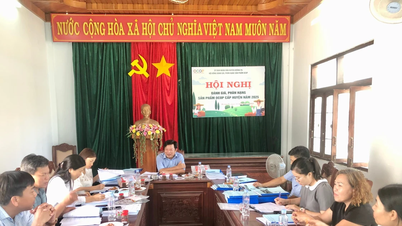






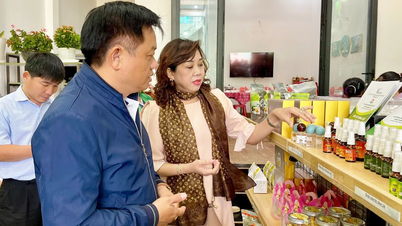
Comment (0)